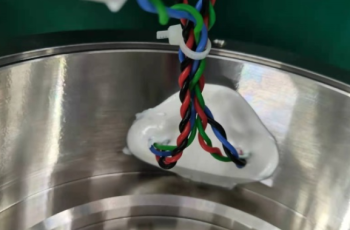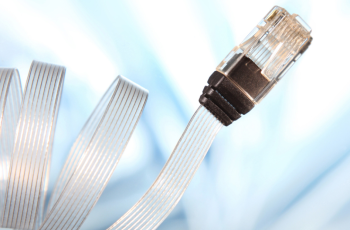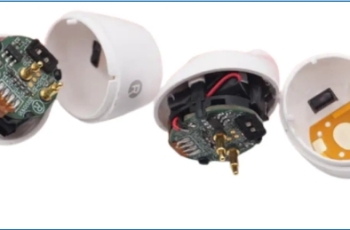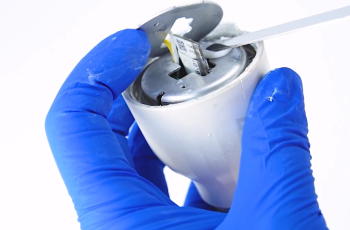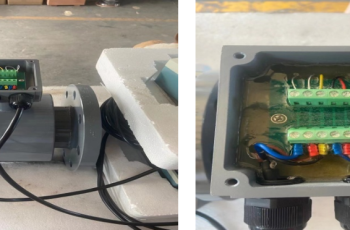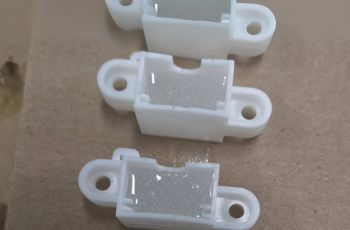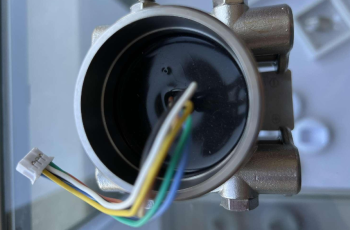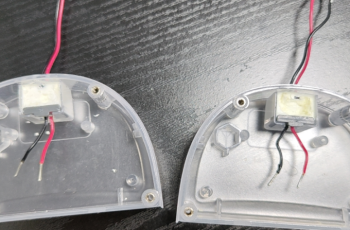EP2025 A/B fast curing epoxy adhesive – an ideal choice for plugging leaks in lamp wiring harnesses
With the booming development of the smart home and high-end lighting markets, lighting products are showing increasingly diverse characteristics in both exterior design and internal structure. Many modern lighting fixtures not only use PC (polycarbonate) as the shell material, but also complement it with stainless steel and other metal materials to form the frame structure, thus achieving the design requirements of high strength and impact resistance. In this context, the encapsulation and sealing of wire harnesses inside the lighting fixtures are particularly critical. If the adhesion is not firm, it may cause leakage, short circuit, or material aging due to temperature fluctuations, and in severe cases, it may even endanger the safety of use.During the production process of the new generation of LED lighting fixtures, customers face the following major challenges:Rapid curing requirement: The production line requires a shortened assembly cycle, and traditional adhesives that cure for a long time cannot meet the compact production plan.Heterogeneous material bonding: The bonding between PC plastic and stainless steel metal is difficult, and traditional adhesives often have insufficient bonding force or uneven curing between different materials.Temperature resistance requirements: The working environment temperature range of the lamp is wide, with drastic changes from extremely low to high temperatures, which puts higher demands on the weather resistance and chemical stability of the adhesive. Recommended adhesive: EP 2025 fast curing epoxy adhesiveIn response to the above challenges, the company selected EP2025A/B fast curing epoxy adhesive and verified its excellent performance in multiple experimental stages. EP2025A/B is a two-component epoxy adhesive that can be quickly cured at room temperature without heating by mixing components A and B in a 1:1 weight or volume ratio. The specific technical advantages are as follows:Leakage prevention of lighting harness. Rapid curing at room temperatureIt only takes about 10 minutes to form…
More